
Nowadays, emotional and behavioral disorders are becoming more and more popular. They can affect a person’s ability to control the emotions as well as to pay attention to in school in children. Their signs often appeared when we are small. These signs of emotional and behavioral difficulties will grow up. Identifying these orders are difficult. So having the idea of this condition will help you so much in identifying it easily. Let’s see more information about this topic.
What Are The Causes, Symptoms, Treatment Of Emotional And Behavioral Disorders?
Firstly, you need to know what the emotional and behavioral disorders are. Emotional and behavioral disorders, a broad category used popularly in educational settings, are considered as a condition that exhibits the specific emotional and behavioral difficulties over a long period of time. It is not difficult to identify emotional and behavioral disorders, especially in children. Most of the children with emotional and behavioral disorders may have distorted thinking, abnormal mood swings, bizarre motor acts, and excessive anxiety. There are some main types of emotional and behavioral disordered including conduct disorders with its diagnosis based on antisocial, inner life, motives, disabilities; emotional disturbances with eating disorders, excessive stress reactions, depression, and some others; personality disorders; anxiety disorders like generalized anxiety disorder, posttraumatic stress disorder, panic disorder, phobias disorder, obsessive-compulsive disorder; ADHD
I. Causes Of Emotional And Behavioral Disorders
In fact, it is very difficult to identify precisely the causes of emotional and behavioral disorders. They are often the result of overlapping factors that related to the children. However, you can consider 3 main general environments can contribute to these conditions including biology, home and community, and school.
1. Biology:
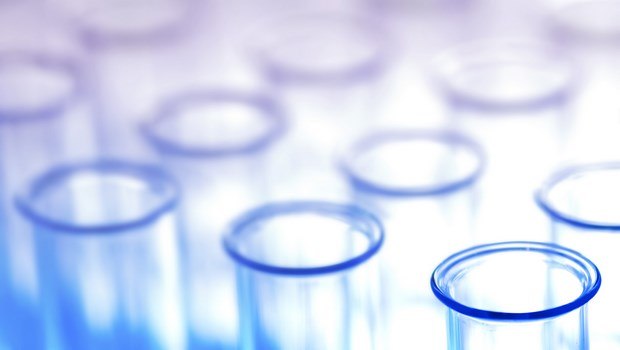
Biological and genetic factors are identified as the causes for emotional and behavioral disorders. Some studies showed that prenatal drug exposure contribute to childhood emotional and behavioral disorders. Identifying the biology causes for these conditions also plays an important role in treatment.
2. Home And Community:

As we know, all the factors of the environments have the positive or negative influence on each individual’s growth and development. Of course, a single negative factor will be difficult to impact on the individual’s emotion and behavior, but the combinations of many factors like neglect, abuse, poverty, inconsistent expectations and rules, parental stress, turmoil over long periods of time, and confusion can lead to emotional and behavioral disorders in children and adults. Among them, poverty is proven to be the most obvious factor that linked to these conditions. The main reasons are the lack of interest and concern, supervision, as well as the high rate of negative interactions, low rate of positive interactions, erratic and punitive discipline.
3. School:

Among the tremendous factors that influence the students also include teachers and schools. What educators do can influence on the students like teachers’ expectations, feedback, and especially the number and character of their interactions with students. The factors of school climate like positiveness, consistency of rules, expectations, high level of supervision in all school settings, high levels of parent and community involvement, cultural sensitivity, the feelings of identification and involvement on the parts of students will have the positive or negative influence on the students’ emotions and behaviors.
II. Symptoms Of Emotional And Behavioral Disorders:
Identifying the symptoms of emotional and behavioral disorders is very necessary to minimize and treat them more effectively. Symptoms of emotional and behavioral disorders are often identified basing on these factors, including:
1. Internalizing Behaviors:
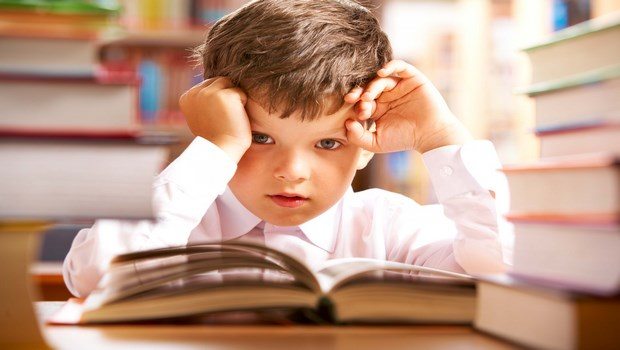
Internalizing behaviors are the problems that linked to the internal feelings of a person including oversensitivity, fearfulness, reticence, sadness, and anxiety. A person with emotional and behavioral disorders can have unfounded and irresistible fearfulness of the animals, objects or some situations like coming to school. Even they can have accompanied physical symptoms like sweating, dizziness, or something like that. However, the students with internalizing behaviors are often overlooked easily.
2. Externalizing Behaviors:
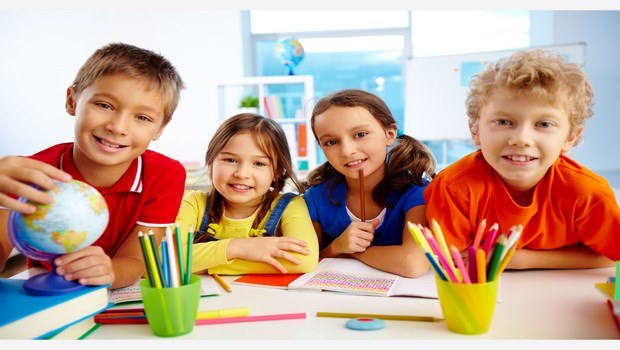
The people with emotional and behavioral disorders often tend to show their outward behavioral problems that we can identify such as oppositional behaviors, forcefulness, unruliness, aggression. However, in some patients, their symptoms of emotional and behavioral disorders can be a combination of internalizing and externalizing behaviors. While internalizing behaviors are often overlooked easily, externalizing behaviors are often noticed by teachers and often have accompanied disciplinary actions. The people with symptoms of externalizing behaviors are often the lack of appropriateness and social skills as well as feel hard to establish and maintain some relationships.
3. Academic Skills:

According to some studies about the children with emotional and behavioral disorders, Amount of students with significant educational deficits has the high risk for emotional and behavioral disorders. These deficits are displayed on the general achievement tests linked to math competence, writing and reading. Their results are often lower significantly. Their intellectual abilities are rated at low to average levels. The dropout rate is also highest.
III. Treatments Of Emotional And Behavioral Disorders:
The treatments of emotional and behavioral disorders should be combinations of different methods like medications, psychotherapy, and social skills training. However, using drugs need noticing carefully because medications may have unexpected side-effects like insomnia, appetite reduction, depression, abnormal heart rhythms, tremors. Social skill training is very useful for the patient to practice their more self-assertiveness, approachability as well as communicativeness. Besides that, the families also play an important part in treating. They can help the doctor understand their child’s condition as well. Since then, they can help their children get the best treatment for emotional and behavioral disorders.
The above including the basic causes, symptoms, and treatment of emotional and behavioral disorders that we want to share with you. If you have any question or idea about this topic, you can leave your comment here. And, we will reply for you as soon as possible. You should also visit our website, vkool.com to see more information related to different types of disorders and other topics of health, beauty, nutrients or anything linked to your life that you want to know.
Read more:
What is autism spectrum disorder? Definition, symptoms, & cures
Early warning signs of bipolar disorder in children and adults
How to treat bipolar disorder naturally without drugs – 7 tips
What are the symptoms of obsessive compulsive disorder?
Want More Content Like This In Your Inbox?
- Top 16 Symptoms Of Zinc Deficiency Are Revealed
- How To Get Rid Of Herpes With Herpes Wise?
- Folliculitis Doctor Pdf Review – Will Michael Stone’s Guide Work?
- How to get rid of dermatitis on face naturally: 11 quick tips
- 10 Signs And Symptoms Of Vitamin B12 Deficiency In Adults
- Top 16 Ways On How To Prevent Chickenpox From Spreading
- 10 Natural Home Remedies For Cysts On Face And Other Parts
- Arthritis Relief Miracle Review – Can Connie Carmen’s Book Work?

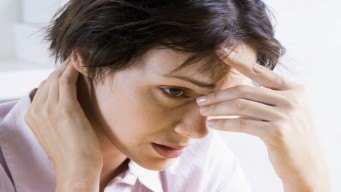



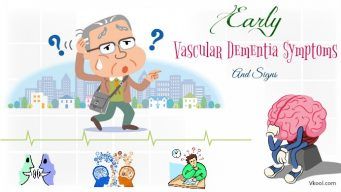
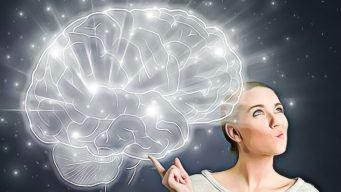
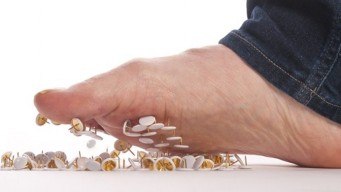



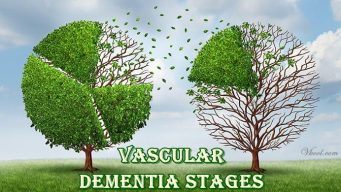

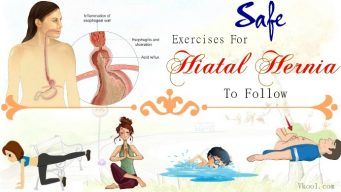

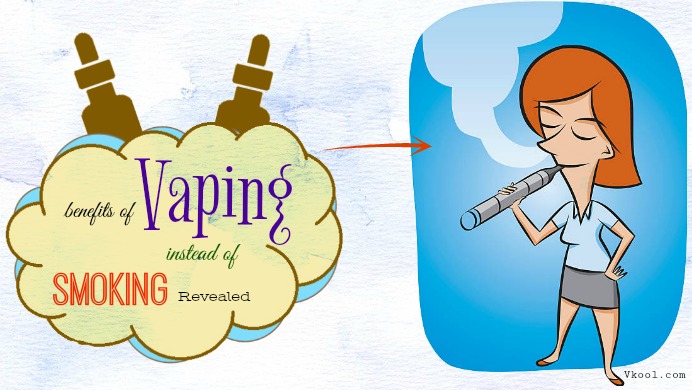


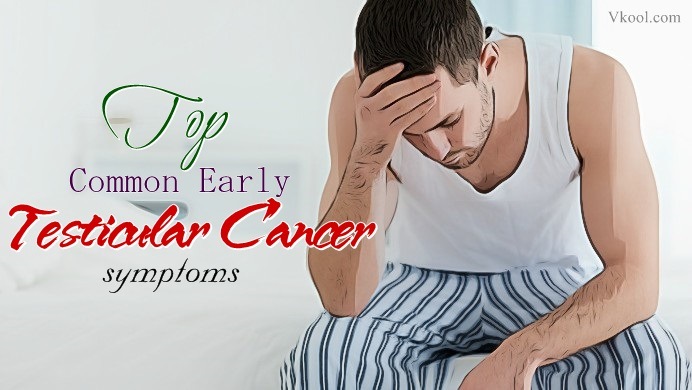

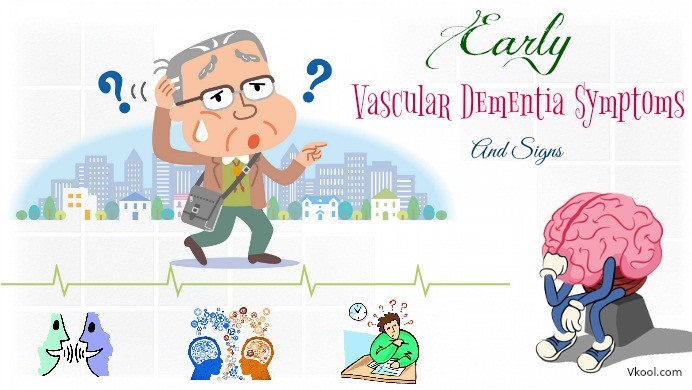

 12 Tips On How To Use Garlic For Ear Infection In Adults
12 Tips On How To Use Garlic For Ear Infection In Adults  Top 30 Easy Ways To Burn Calories At Home Throughout The Day
Top 30 Easy Ways To Burn Calories At Home Throughout The Day  Cure Your Heartburn Ebook Review – Will This Treatment Work?
Cure Your Heartburn Ebook Review – Will This Treatment Work?  Total Six Pack Abs 3 Review – Is Mark Mcmanus’s System Useful?
Total Six Pack Abs 3 Review – Is Mark Mcmanus’s System Useful?  Figure Competition Secrets Ebook Review – Does It Work?
Figure Competition Secrets Ebook Review – Does It Work?  Top 30 Vitamin E Oil Benefits For Skin, Hair And Health
Top 30 Vitamin E Oil Benefits For Skin, Hair And Health  Bodyweight Burn Review – Will Adam Steer’s Guide Work?
Bodyweight Burn Review – Will Adam Steer’s Guide Work? 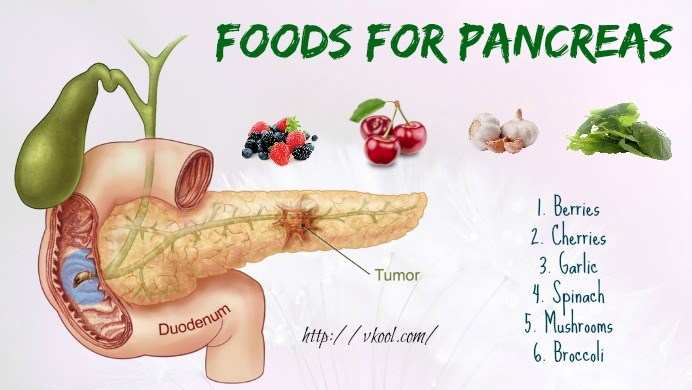 List Of 10 Best Foods For Pancreas Support You Should Know
List Of 10 Best Foods For Pancreas Support You Should Know  What Are Best Foods To Eat For Breakfast To Lose Weight?
What Are Best Foods To Eat For Breakfast To Lose Weight?  12 Easy, Healthy Salmon Dishes Recipes For People At All Ages!
12 Easy, Healthy Salmon Dishes Recipes For People At All Ages!